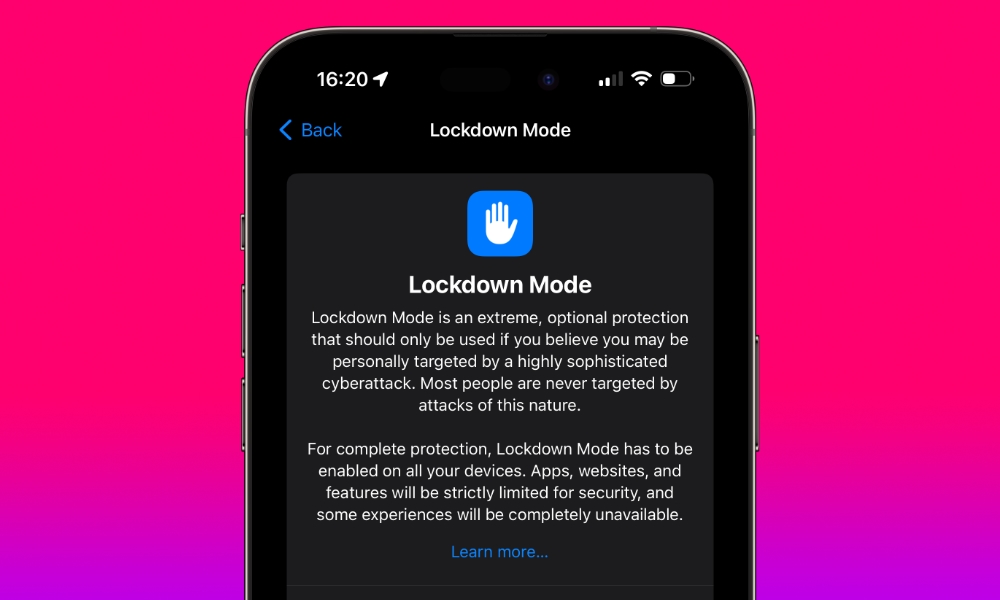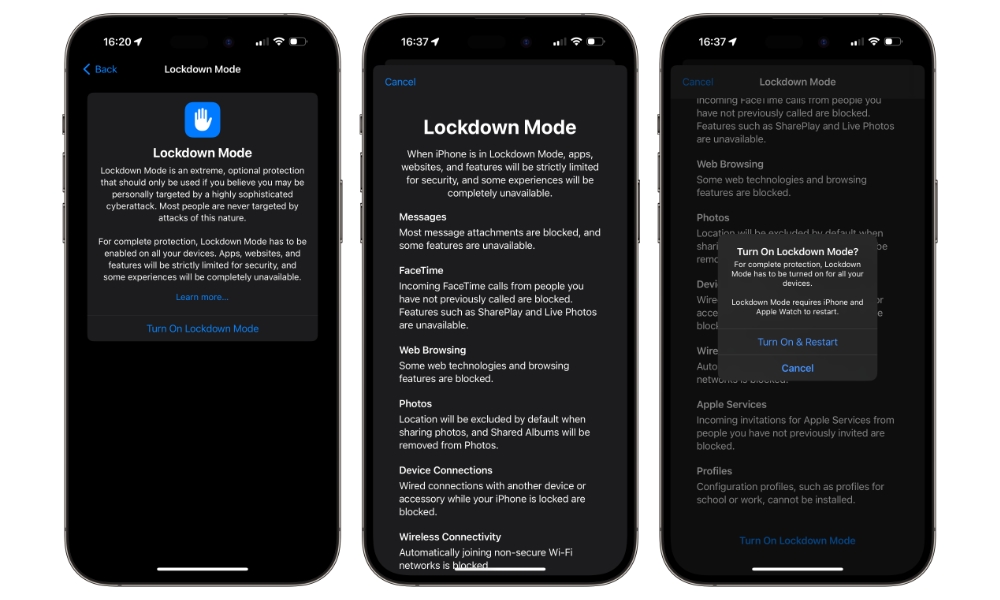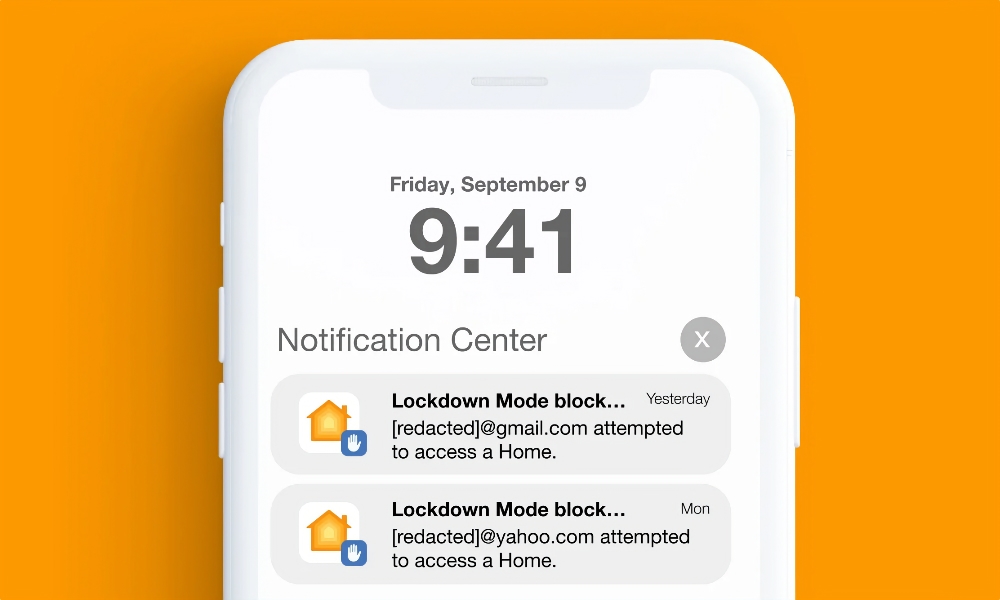Apple’s ‘Lockdown Mode’ Will Get Even More Secure in iOS 17 and watchOS 10

Toggle Dark Mode
Last year, Apple introduced an ultra-high security Lockdown Mode in iOS 16 to offer maximum protection to iPhone users who might be targeted by extremely aggressive malware and spyware attacks. Now it’s taking that up a notch in iOS 17 to offer even more advanced protection.
To be clear, iOS is already one of the most secure mobile operating systems on the planet — at least among those that ordinary folks are allowed to use. However, the security available in consumer-grade operating systems will never be a match against organizations like government agencies with seemingly unlimited resources.
After all, any security Apple adds to the iPhone has to be a balance between protecting the user and actually letting them use the device in a fun and practical way. An iPhone that can’t connect to the internet would be very secure, but what would be the point of owning one?
As a result, Apple has found itself embroiled in a cat-and-mouse battle with those “grey-hat” hackers that develop the kind of industrial-grade spyware tools that shadowy government agencies need to combat organized crime and terrorism. Sadly, no matter how well-intentioned they may be, tools like Pegasus and Predator aren’t used just by the “good guys” — they’re also purchased by foreign governments, some of which have much more questionable ethics.
For years, Apple would catch these vulnerabilities and release security patches, but as soon as it would plug one hole, new ones were discovered and exploited by spyware developers, who always seemed to be one step ahead of the “white-hat” security researchers at places like the University of Toronto’s Citizen Lab and Google’s Project Zero.
Last year, Apple decided it was time to take a more proactive approach to the problem. On one front, it launched a massive lawsuit against Pegasus developer NSO Group, and on the other, it built some serious protections into iOS 16 with its new no-holds-barred Lockdown Mode that prioritized security on the iPhone and other Apple devices at the expense of much of their usability.
‘Extreme Protection’
As Apple notes, Lockdown Mode is an extreme feature that should only be used by those who believe they could be “personally targeted by a highly sophisticated cyberattack.”
Lockdown Mode is an optional, extreme protection that’s designed for the very few individuals who, because of who they are or what they do, might be personally targeted by some of the most sophisticated digital threats. Most people are never targeted by attacks of this nature.
While most of us will likely never be involved in the kind of work where we’d need to use Lockdown Mode, many iPhone users are. This includes people like US State Department officials, journalists, human rights advocates, and political activists doing work that might bring them to the attention of foreign governments with spotty track records when it comes to privacy and human rights.
Among other things, enabling Lockdown Mode on your iPhone will prevent you from communicating with new people via FaceTime and Messages, block most attachments, remove all your Shared Albums in Photos, and turn off web technologies and browsing features that could pose a security risk. In essence, you’ll lose many of the features that make the iPhone so great, but you’ll also be far less prone to zero-click attacks used by this kind of industrial-grade spyware.
However, the catch is that for Lockdown Mode to fully protect you, it must be enabled on all your devices; however, it’s only available on iOS 16, iPadOS 16, and macOS Ventura. That leaves one chink in the armor right now: the Apple Watch.

Fortunately for those who need this kind of extreme protection, Apple plans to fix that by adding Lockdown Mode to watchOS 10, where it will now be simultaneously enabled on an Apple Watch and its paired iPhone. This will provide comprehensive protection across the board for all Apple devices capable of receiving messages or surfing the web, which are the two most common vectors used by targeted spyware attacks.
Apple is also increasing the security in Lockdown Mode in iOS 17, iPadOS 17, and macOS Sonoma to “encompass safer wireless connectivity defaults, media handling, media sharing defaults, sandboxing, and network security optimizations.” This includes preventing your devices from automatically joining non-secure Wi-Fi networks, disabling SharePlay and Live Photos, excluding location information by default when sharing photos, and likely a few other more technical restrictions under the hood.









